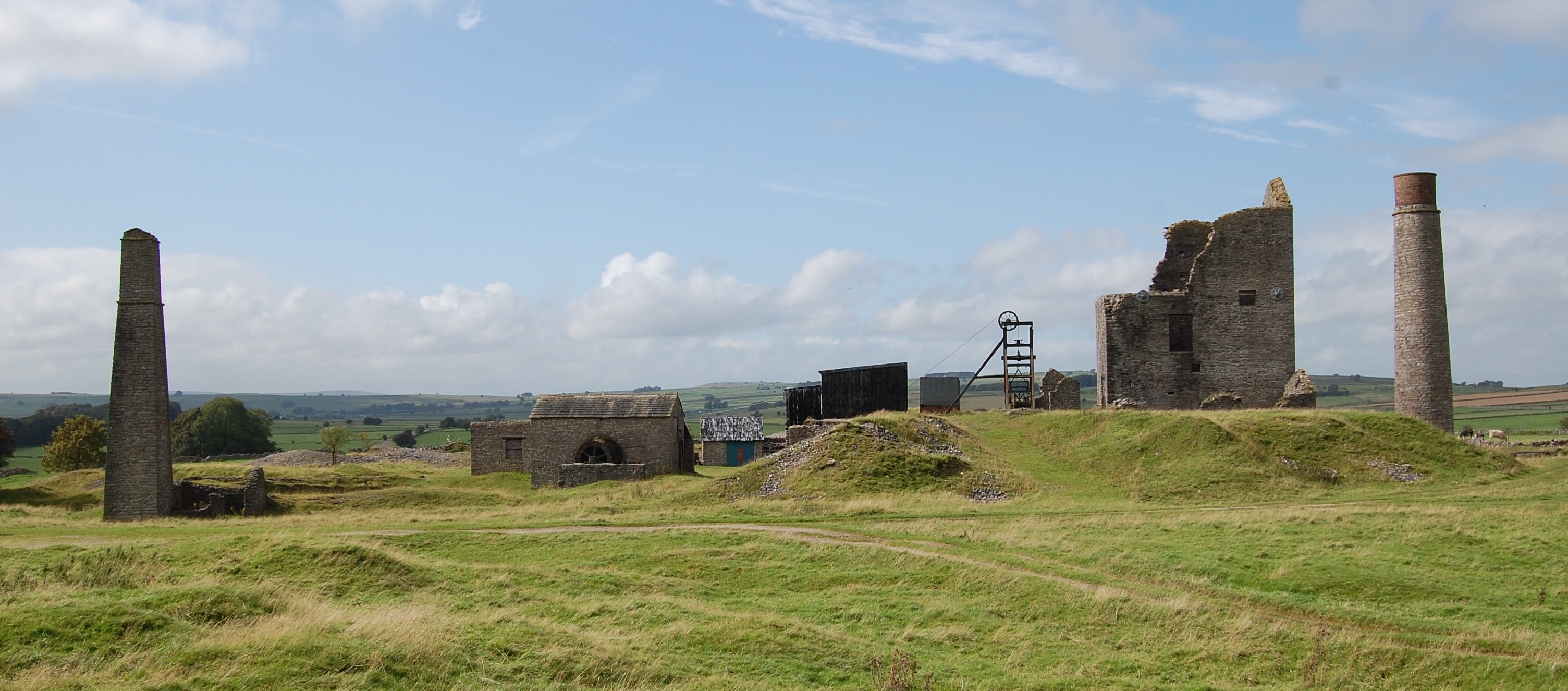Mineral Extraction: Quarrying, Mining and Mining Settlements
Past mining and quarrying activity has created widespread and, in some areas, a fundamental social, economic and environmental legacy. Their physical remains, associated settlement and infrastructure form a significant part of today’s historic environment.
Mining and quarrying as part of the historic environment
Every generation has placed its own values on this legacy with attitudes changing radically over time and continuing to change. What were initially perceived as derelict structures and land may eventually become highly valued as historic remains, particularly as the pool of surviving examples declines over time.
For example, many historic structures and landscapes in areas of former lead, tin and copper mining are now recognised for their archaeological, ecological, geological, social and educational value, and for the contribution they make to landscape character and local distinctiveness.
By contrast, with the exception of a small number of structures that have been given statutory protection, within many of England’s former coalfield areas there has been an almost wholesale eradication of the industrial buildings and landscapes associated with the coal-mining industry.
Recent developments
In recent years our understanding of historic mining and quarrying sites, landscapes and their associated infrastructure has developed rapidly, as part of the growing interest in the archaeology of industry.
The contribution of voluntary sector special-interest groups has been an important factor in this development. Frequently these groups have developed as a response to community associations with the mining and quarrying industries that have developed over many generations and become imbued with a strong sense of local identity and heritage.
Historic England's role in researching mining and quarrying heritage
As government’s adviser on the historic environment and as a statutory consultee to local planning authorities and mineral planning authorities, Historic England provides advice on the significance, designation and management of historic remains relating to the minerals industry.
To inform this work, we have undertaken and facilitated many research and conservation projects on mining and quarrying sites and landscapes. This has provided new opportunities for promoting public appreciation and enjoyment of the historic environment, and for developing good practice advice.
Historic England considers that further work is required to raise general awareness of the extent, significance and cultural value of former mining and quarrying remains if the legacy of the extractive industries is to be safeguarded.
We recognise that these historic remains are often also significant in terms of geological and nature conservation, requiring close cooperation with other environmental bodies. Effective conservation management also requires close collaboration with landowners, farmers and local communities, as well as the minerals industry who may have operational interests in residual mineral resources.
A recent example of this work is an evaluation of the physical legacy of the Nottinghamshire coalfield landscape, which was produced for Historic England by ArcHeritage.





